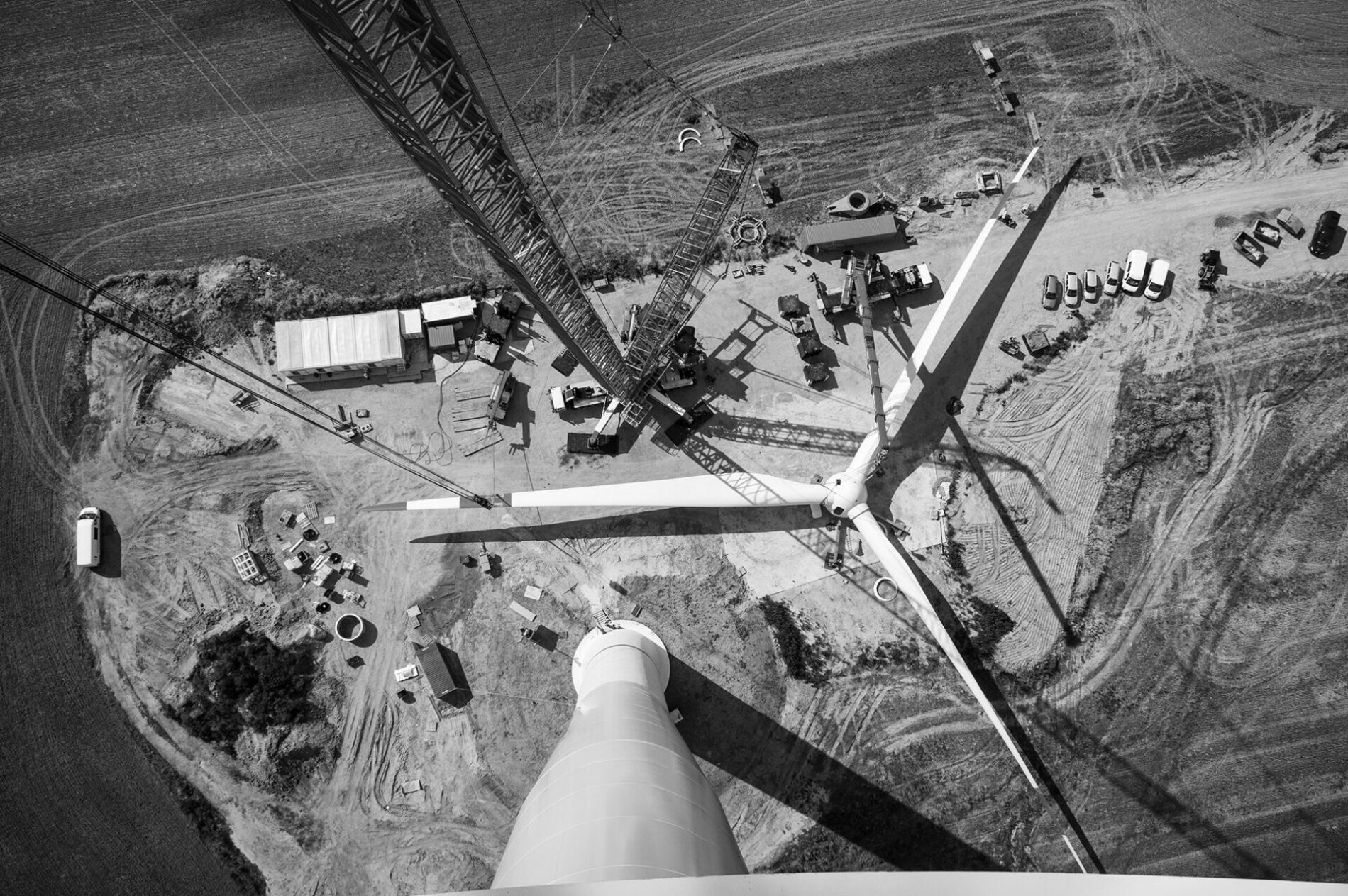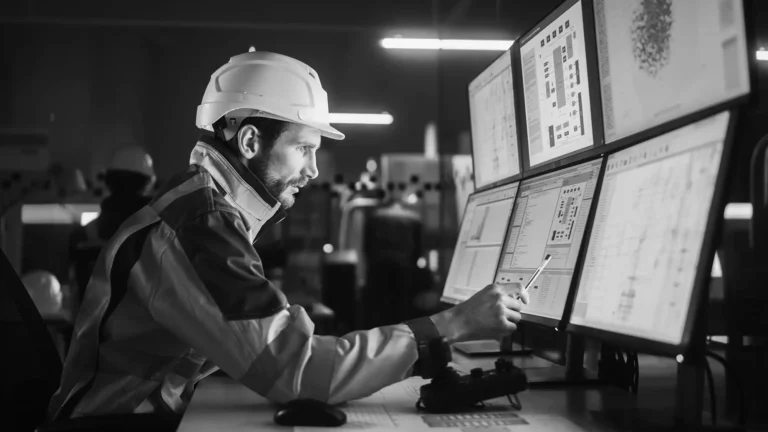The construction industry in Canada is on the verge of a decade-long expansion, projected to create a wealth of opportunities for skilled workers and businesses across the country. According to the latest report from BuildForce Canada, the sector is positioned for significant growth through 2033, driven by major investments in infrastructure, green energy projects, and residential development. However, the industry is also grappling with critical challenges, particularly the looming retirement of tens of thousands of skilled workers, which will heighten the demand for recruitment, training, and innovation.

Canada’s construction sector is forecast to undergo steady expansion over the next 10 years, largely due to federal and provincial government commitments to infrastructure renewal, housing affordability, and climate resilience. BuildForce Canada’s 2023 Construction and Maintenance Looking Forward report offers an in-depth analysis of the factors contributing to this growth, including the ongoing development of public transit systems, energy-efficient buildings, and renewable energy installations like solar and wind farms.
“A defining feature of the forecast period is the significant investment in infrastructure,” said Bill Ferreira, Executive Director of BuildForce Canada. “From transportation networks and renewable energy projects to affordable housing, these investments will be a key driver of activity across the construction industry.”
This focus on infrastructure renewal is part of a broader strategy by the federal government to not only modernize the country’s physical assets but also contribute to long-term economic growth and sustainability. With projects like high-speed rail networks, large-scale hydroelectric developments, and the expansion of green energy systems, the sector is set to experience a surge in demand for construction professionals at all levels.
The report also highlights the increased emphasis on environmentally sustainable construction, a trend that aligns with Canada’s commitment to reducing its carbon footprint. The federal government’s goal to achieve net-zero emissions by 2050 has led to stricter environmental regulations, pushing the industry towards greener practices. This transition is expected to drive demand for expertise in energy-efficient design, green technologies, and retrofitting existing buildings to meet new environmental standards.
Despite the optimistic outlook, the Canadian construction sector faces a significant challenge: an aging workforce. By 2033, the industry is expected to lose 245,000 workers to retirement, representing 20% of the current workforce. This shift is compounded by the fact that only 211,000 new workers are projected to enter the workforce during the same period, creating a potential shortfall of 34,000 workers.
“The expected retirement of one-fifth of the current construction workforce over the next decade presents a significant challenge for the industry,” Ferreira noted. “There will be a substantial need to replace these experienced workers, and we will need to recruit from underrepresented groups, increase training opportunities, and accelerate the adoption of new technologies.”
The retirement wave poses a unique challenge, as many of the workers set to leave the industry have decades of experience and specialized skills. Replacing this expertise will not be an easy task, particularly in high-demand trades such as electricians, plumbers, and carpenters. Addressing this looming labor shortage will require a multi-faceted approach, including enhanced training programs, immigration initiatives, and a focus on recruiting from traditionally underrepresented demographics, such as women, Indigenous peoples, and newcomers to Canada.
To mitigate the effects of the labor shortage, the construction industry is increasingly turning to technology and innovation. Automation, prefabrication, and digital construction tools are playing a crucial role in improving productivity, reducing labor requirements, and streamlining complex projects.
“Technology will be a key enabler of productivity growth, helping the industry to address labor shortages while maintaining high standards of quality and safety,” said Ferreira. “We expect to see greater adoption of digital construction platforms, robotics, and building information modeling (BIM) systems over the next decade, which will help to offset some of the workforce challenges.”
BIM technology, in particular, has the potential to revolutionize the construction industry by allowing all stakeholders—architects, engineers, contractors, and clients—to collaborate in real-time on digital models of projects. This reduces the likelihood of costly errors, speeds up decision-making, and ensures that projects are delivered on time and within budget.
Additionally, automation in construction processes, such as bricklaying robots and 3D printing of building components, is likely to gain more traction. These technologies can reduce the need for manual labor and increase efficiency in key areas of construction. Prefabrication and modular construction methods are also gaining popularity, offering faster and more cost-effective solutions, particularly for residential and commercial building projects.
One of the most pressing priorities for the construction industry in the coming years will be attracting new talent. The industry’s ability to continue growing will depend largely on its success in recruiting young workers and retaining them through competitive wages, career development opportunities, and a focus on work-life balance.
“Building a sustainable construction workforce for the future will require more than just filling the gaps left by retirees,” explained Ferreira. “It will also require creating a more inclusive industry, one that encourages young people, women, Indigenous workers, and newcomers to view construction as a viable, rewarding career choice.”
“Building a sustainable construction workforce for the future will require more than just filling the gaps left by retirees.”
The report from BuildForce Canada emphasizes the importance of collaboration between government, educational institutions, and industry to promote the construction trades as a pathway to stable, well-paying jobs. This includes expanding apprenticeship programs, offering financial incentives for training, and increasing outreach to high schools and post-secondary institutions.
Notably, women currently represent only 14% of the construction workforce, and their participation in trades remains disproportionately low. Efforts are underway to break down barriers to entry for women, including mentorship programs, networking opportunities, and flexible work policies that accommodate family responsibilities.
The construction industry is also making strides in diversifying its workforce by encouraging more Indigenous peoples to join the sector. Indigenous workers represent just 5% of the total construction workforce, despite Indigenous communities being some of the fastest-growing populations in the country. As part of reconciliation efforts and economic development initiatives, construction companies are increasingly partnering with Indigenous groups to provide training, employment, and contracting opportunities.
The growth in Canada’s construction sector will not be evenly distributed across the country, with some regions expected to experience more robust activity than others. According to BuildForce Canada’s report, Ontario and British Columbia will lead the charge, driven by major infrastructure projects and housing developments.
Ontario’s construction workforce is expected to grow by 9% over the next decade, largely due to the province’s ambitious transit expansion plans and the continued development of residential areas in response to population growth. The Greater Toronto Area, in particular, will be a hotbed of activity, with multiple large-scale projects, including new subway lines and the construction of high-density housing.
British Columbia, meanwhile, will see growth of 6% in its construction workforce, thanks to ongoing infrastructure upgrades and significant investment in renewable energy projects. The province’s focus on sustainability and green building practices positions it as a leader in environmentally responsible construction.
In contrast, some regions, such as the Atlantic provinces and parts of the Prairies, may experience slower growth due to smaller populations and a lower volume of major infrastructure projects. However, even in these regions, the retirement wave will necessitate a strong focus on recruitment and training to replace retiring workers and maintain productivity.
The next decade will be one of both opportunity and challenge for Canada’s construction sector. The demand for new infrastructure, housing, and sustainable building practices will create abundant job opportunities and drive economic growth. At the same time, the industry must grapple with the retirement of a significant portion of its workforce and the need to recruit and train the next generation of skilled workers.
By embracing innovation, fostering diversity, and investing in training and technology, Canada’s construction industry is well-positioned to meet these challenges and continue its essential role in building the nation’s future.
As Ferreira concluded, “The construction industry is at a pivotal moment. With the right strategies in place, we can not only overcome the challenges ahead but thrive, ensuring that Canada’s built environment is ready for the needs of future generations.”




















